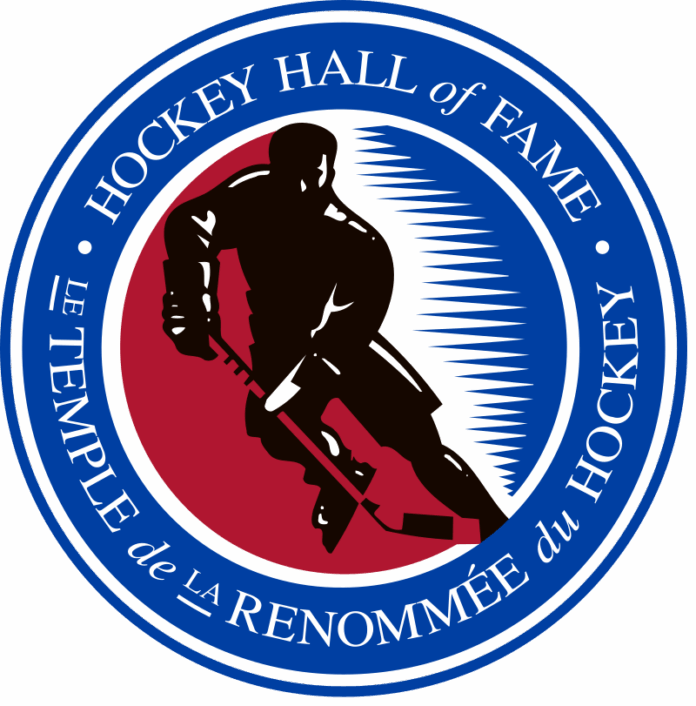You want to be the star, the one who gets the good pass and has a clear shot, a moment to breathe before you send it flying through the air to hit the back of the net. Cheers are called out, the team gathers to fist bump, and your strengths are starting to shine through. The other team mutters, “we’ll make it back, next one,” and everyone gathers at the centre once again. On the inside of the glass is a whole world in which there is an intense pressure to succeed, to win. To be the best. But nothing gets past the glass. The players are so dialed in that nothing short of the official horn will bring them out of their reverie.
The rest of the period flies by with no other goals. Players return to their benches for a shift change, the exhausted ones sitting down heavily and guzzling water. The goalies gather their bottle from the top of their net and lazily drift across the arena, a friendly fist bump being exchanged as they pass.
The refs take up their positions once again, players planting their feet. The goalies confirm and it’s “go time” again. Very quickly one team takes control. They settle into their roles, recognizing what passes each can confidently accept, who’s more sure to get a goal, and before the defending team can blink, the left winger is winding up and shooting towards the net as hard as they can.
The rebound doesn’t clear much past the crease and there’s a slight scramble to regain control, but…it’s off a defender and into their own net! The whistle is blown and the players back off to reset, one player lingering. The one who scored on their own goalie. Their shoulders rise and fall in quick, angry breaths, and suddenly they smack their stick once against the court, twice against the glass. The blade snaps off and they walk off to their bench, furiously pushing past their teammates and sitting down. A ref scoops up the broken blade and leaves it with that player’s bench.
The period resumes. Players are flying back and forth over the surface, unwillingly falling into a defence pattern where no goals are allowed. Insults and digs are flung back and forth, sometimes leading to blows. Every person wants to be there, has paid something to be there, but in this area the world shrinks.
Just because the Stanley Cup finals are over doesn’t mean the game is over, doesn’t mean the dreams have to die. For many people hockey dreams will continue, but in this case the puck is an iconic orange ball, and the ice a gym floor.
Welcome to the world of ball hockey.
Although it is difficult to pinpoint the exact year ball hockey started, the Canadian Ball Hockey Association claims the game gained popularity via a summer program hosted by Habitat Arena during the summer of 1969 in Toronto, Ontario. Since then the game has expa across Canada, across North America, even making its way across the pond to Europe and further to Asia.
Seeing as ball hockey was so similar to the kind played on ice, the rules are almost the exact same. There are some notable differences worth mentioning. There is less equipment required, helmet, gloves and a stick for sure, but some players also prefer to also wear their jock
In order to clear the “puck” it must cross the red line in the middle of the arena. A player can lift their stick above their shoulders to call for a pass, except they will receive a penalty for highsticking if they bat the ball down from above their shoulders. Standard icing, fouls, technical and roughing calls still apply. Referees are free to remove a player from the game, and subsequently from the league, depending on the level of violence or unsportsmanlike behaviour they may exhibit.
However, the most important thing to highlight about ball hockey is the community that has emerged from its growing popularity.
Community centres and gyms across Canada sometimes have dedicated surfaces for ball hockey to be played on. A league will pop up in a city, anyone 18 and above need only pay the league fee to join and then the applicants are sorted into teams. Some people sign up in groups, some sign up alone. Some teams have been playing together for years, some are full of solo players or new additions. Each team gets their jersey and a schedule, but there are no practices since it’s a recreational league.
Some of these players are kids returning to their hometowns after their first year away at postsecondary. Some are retired. Some have dedicated their whole lives to the game, some are just learning it for the first time. Everyone is welcome, everyone is given an equal hance to play. That is what hockey, what all sports, is truly about. Coming together from all different walks of life to learn and play and be a part of something more than just the individual.

Use CodePHN15 You missed all of the holidays this year. Now it appears you just need to buy a chair because it’s summer.
So the next time you want a taste of some high energy, intense hockey, look no further than your local community centre– it just might be a whole lot more satisfying. But man, does that ball hurt when it hits your leg.





















